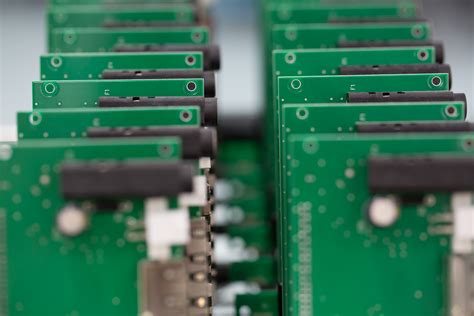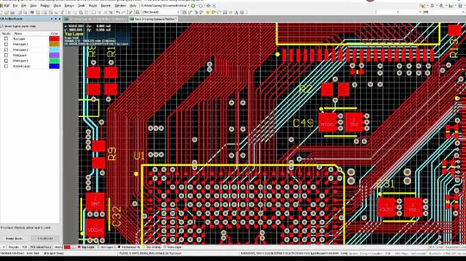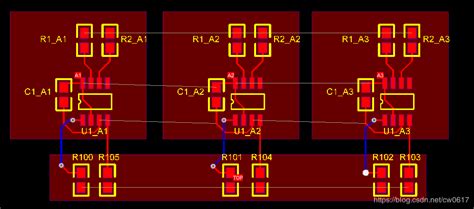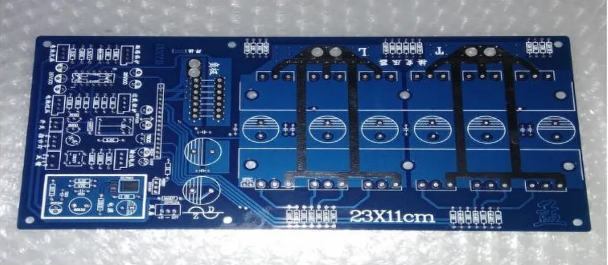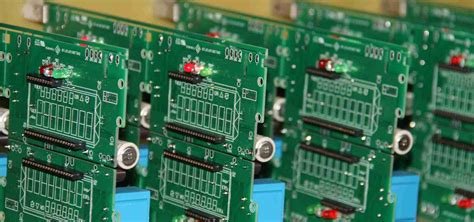Understanding PC Board Assembly for Efficient Electronics Manufacturing

Key Takeaways
Understanding pcb assembly is vital for manufacturers striving for outstanding product quality and operational efficiency. Mastering the nuances of pcba processes can significantly impact the overall performance of electronic devices. First and foremost, incorporating best practices in pc board assembly can lead to reduced assembly time and minimized errors. Techniques such as proper component placement, efficient soldering methods, and meticulous inspection play a crucial role in achieving high-quality results.
Tables can be used to track and optimize workflow, ensuring each phase of the pcb assembly process contributes effectively to overall productivity. For instance:
| Process Step | Best Practice | Efficiency Improvement |
|---|---|---|
| Component Placement | Use automated pick-and-place machines | Faster placement speed |
| Soldering | Employ lead-free solder | Environmentally friendly |
| Inspection | Implement AI-driven optical inspection | Higher defect detection rate |
Additionally, leveraging automation in pc board assembly has proven to streamline processes remarkably. By investing in technology that enables real-time monitoring and data analysis, manufacturers can identify bottlenecks promptly and make necessary adjustments.
“The key to successful pcba is a combination of skilled labor and advanced technology.”
In conclusion, adopting these insights will not only enhance efficiency but also ensure that products meet industry standards, thereby reinforcing a company’s reputation in electronics manufacturing.
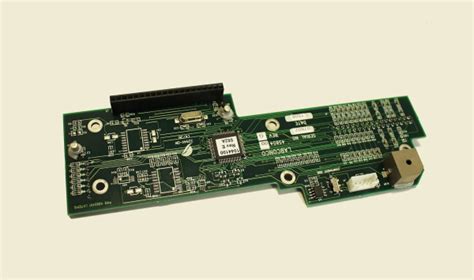
Introduction to PC Board Assembly
In the realm of electronics manufacturing, PC board assembly (PCBA) serves as a critical phase that directly impacts product quality and production efficiency. Understanding the complexities involved in PCB assembly is essential for manufacturers aiming to optimize their processes. The assembly of a printed circuit board involves multiple steps, including component placement, soldering, and testing, each requiring precision and attention to detail. With an increasing demand for sophisticated electronic devices, mastering the nuances of PCBA is crucial for competitiveness in the market. Effective pcb assembly entails not just following standard practices but also adapting to the specific requirements of various products. Manufacturers must focus on utilizing advanced techniques such as surface mount technology (SMT) and through-hole soldering to ensure seamless integration of components on the board. Moreover, incorporating best practices during this stage can significantly enhance productivity and reduce instances of defects. By embracing a comprehensive understanding of PC board assembly, companies can drive improvements, streamline production processes, and ultimately deliver higher quality products that meet customer expectations efficiently.
Key Techniques in PC Board Assembly
The process of pcb assembly, often referred to as PCBA, plays a crucial role in the production of electronic devices. Understanding the key techniques involved can significantly improve efficiency and effectiveness in electronics manufacturing. One fundamental technique is surface mount technology (SMT), which allows components to be mounted directly onto the surface of a pcb. This method not only reduces the size of the assembly but also enhances the speed of production, as multiple components can be placed simultaneously. Another important technique is the use of through-hole technology, where components are inserted into pre-drilled holes and soldered to pads on the opposite side, ensuring strong mechanical connections for larger and more robust parts.
In addition, automated soldering processes, such as wave soldering and reflow soldering, are essential for ensuring consistent quality across all assembled boards. Incorporating these methods minimizes human error and enhances repeatability within manufacturing processes. Moreover, employing diligence through proper heat management is crucial in preventing damage to sensitive components during assembly. Adopting practices like proper component placement and careful attention to thermal profiles during soldering contributes significantly to durability and performance outcomes.
Furthermore, effective use of testing techniques, such as Automated Optical Inspection (AOI) and functional testing post-assembly, ensures that initial defects are identified early, contributing to overall product reliability. By mastering these key techniques in pcb assembly, manufacturers can elevate their production capabilities leading to higher quality products while optimizing their production workflow. These enhancements ultimately resonate throughout the supply chain, enabling companies to stay competitive in an evolving electronics market.
Best Practices for Enhanced Efficiency
In the realm of PCB assembly (PCBA), implementing best practices is crucial for optimizing efficiency and ensuring high-quality outcomes. One essential practice is the meticulous planning of the assembly process. This includes establishing a detailed workflow that outlines each step, from component placement to soldering, to minimize production delays. Utilizing standardization across PCBA processes can significantly enhance consistency and reduce errors. Moreover, investing in training programs for technicians can elevate their skills, ensuring they are well-versed in both emerging technologies and traditional methods.
Adopting a lean manufacturing approach is also critical, as it focuses on eliminating waste throughout the production cycle. Techniques such as just-in-time (JIT) inventory management help maintain optimal stock levels, reducing holding costs while ensuring that materials are readily available when needed, thus avoiding disruptions during the pcb assembly process. Furthermore, regularly reviewing and updating methods based on performance metrics allows manufacturers to identify bottlenecks and implement solutions promptly.
Integrating advanced technologies such as automated pick-and-place machines can also contribute to heightened efficiency in PCB assembly by increasing speed while maintaining accuracy in component placement. Coupled with the use of comprehensive quality control measures at various stages of production, these practices will not only enhance productivity but also ensure that the final product meets stringent quality standards. By embedding these best practices into everyday operations, manufacturers can significantly improve their processes and outcomes in the highly competitive field of electronics manufacturing.
The Role of Automation in PC Board Assembly
In today’s rapidly evolving electronics manufacturing landscape, the role of automation in pcb assembly has become increasingly vital for enhancing operational efficiency. Automation not only streamlines pcba processes but also significantly reduces the potential for human error, which is crucial when assembling complex electronic circuits. By integrating automated systems, manufacturers can achieve higher precision and consistency throughout the pc board assembly process. This is especially important for meeting stringent quality standards and maintaining production schedules. Advanced machinery can perform tasks such as component placement, soldering, and inspection at a speed and accuracy that surpasses manual methods. Additionally, automation enables real-time data collection and analysis, empowering manufacturers to identify bottlenecks and optimize workflow. The future of pcba lies in leveraging these automated solutions to achieve scalability while ensuring superior product quality and operational effectiveness, ultimately leading to more competitive market positioning for businesses in the electronics sector.
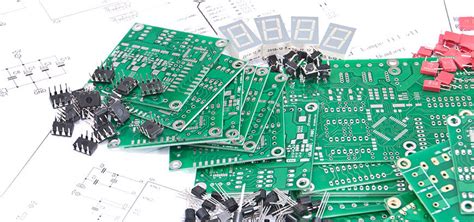
Quality Control Measures in Electronics Manufacturing
In the realm of PCB assembly (printed circuit board assembly), maintaining stringent quality control measures is crucial to ensuring both product reliability and manufacturing efficiency. Quality control starts with the selection of high-quality raw materials, which form the foundation of a successful PCBA process. Once materials are sourced, implementing thorough inspection processes at each production stage helps identify defects early on, preventing costly rework. Moreover, techniques such as automated optical inspection (AOI) and X-ray inspection play a pivotal role in scrutinizing solder joints and component placements for inconsistencies.
Furthermore, establishing clear quality benchmarks and engaging in regular audits allows manufacturers to assess their processes continuously. This commitment to quality ensures that every unit produced meets the desired specifications and can perform optimally in its intended application. Training personnel involved in PCBA is also essential; equipping them with knowledge about best practices and common pitfalls can significantly reduce errors during assembly. Ultimately, a robust quality control program not only enhances product quality but also contributes to streamlined production processes, allowing manufacturers to deliver reliable electronics while optimizing resource use.

Streamlining Production Processes
In the realm of pcb assembly, achieving efficiency is paramount, as it directly influences the overall output and product quality. Streamlining production processes involves several essential strategies that can lead to reduced lead times, minimized waste, and optimal resource utilization. One key approach is the implementation of Lean Manufacturing principles, which focus on eliminating non-value-added activities and enhancing flow. Additionally, incorporating automation into the pcba process can significantly accelerate tasks such as component placement and soldering, thereby increasing throughput. Furthermore, investing in advanced technologies like surface mount technology (SMT) can aid in achieving greater precision and speed. It is also important to maintain clear communication among team members and set well-defined roles to ensure that each stage of pcb assembly runs smoothly. By continuously assessing production metrics and making data-driven adjustments, manufacturers can achieve greater operational efficiency, ultimately leading to a more streamlined manufacturing environment that benefits both production teams and end-users alike.
Future Trends in PC Board Assembly
As the landscape of electronics manufacturing evolves, pcb assembly practices are adapting to meet increasing demands for efficiency, quality, and innovation. One notable trend is the integration of advanced automation tools and robotics into pcba processes. By employing robotic arms and automated assembly lines, manufacturers can significantly reduce production times while minimizing human error. Additionally, the rise of smart manufacturing and the Internet of Things (IoT) is paving the way for enhanced data analytics during pcb assembly, allowing for real-time monitoring and adjustments that optimize performance. Another significant trend is the push towards miniaturization, where components are designed to occupy less space without compromising functionality. This not only helps in meeting consumer demand for compact electronics but also contributes to the efficiency of pcba operations. Moreover, sustainable practices are gaining traction, prompting manufacturers to adopt eco-friendly materials and energy-efficient processes that reduce waste in pcb assembly facilities. As these trends continue to shape the industry, staying informed about technological advancements will be crucial for companies aiming to enhance their production capabilities and remain competitive in the market.
Case Studies: Successful PC Board Assembly Practices
In the ever-evolving field of electronics manufacturing, pcb assembly practices have become critical to achieving optimal efficiency and product quality. Examining various case studies reveals how different organizations have implemented innovative techniques in their pcba processes to enhance productivity and reduce errors. For instance, one leading electronics company adopted a modular approach to its pcb assembly, enabling swift adaptation to changing production demands. By isolating specific assembly functions into modules, this approach allowed for parallel processing, significantly decreasing lead times and improving output rates. Another case study highlights the integration of advanced digital tools in pcba, such as real-time monitoring systems that track assembly progress and quality metrics. This technological infusion has enabled the workforce to quickly identify and address potential issues during production, ensuring that quality control measures are met consistently. Furthermore, successful firms are increasingly leveraging global supply chain partnerships to source high-quality components for their pcb assembly processes, thereby ensuring reliability and performance in the final product. These examples show that by adopting best practices in pc board assembly, companies can not only streamline their production processes but also enhance overall product reliability and satisfaction among end users.
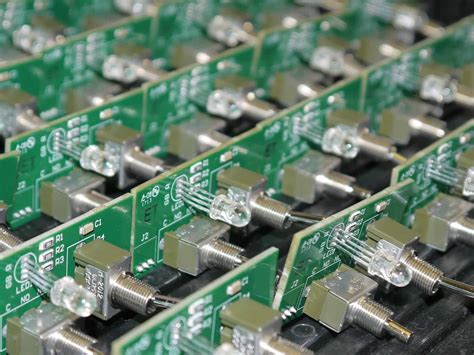
Conclusion
In the world of electronics manufacturing, mastering pcb assembly is crucial for achieving high-quality outcomes. Throughout the article, we examined the various techniques and best practices that contribute to an efficient pcba process. By focusing on automation and rigorous quality control measures, manufacturers can ensure that each step of the assembly process is executed with precision. Moreover, streamlining production processes not only enhances efficiency but also positively impacts product reliability and performance. As the industry evolves, keeping abreast of future trends in pc board assembly will be vital for companies seeking to maintain a competitive edge. In conclusion, investing in knowledge and improvement within the pcb assembly realm is essential for any organization striving for excellence in electronics manufacturing.
FAQs
What is PC board assembly (PCBA)?
PC board assembly, or PCBA, refers to the process of soldering components to a printed circuit board (PCB), transforming it from a bare board into a functional electronic device.
What are the common methods employed in PCB assembly?
The most common methods of PCB assembly include surface mount technology (SMT) and through-hole technology, each offering distinct advantages depending on the specific requirements of the product being assembled.
How can I ensure quality in my PCB assembly process?
Implementing robust quality control measures, such as automated optical inspection (AOI) and functional testing, is crucial for ensuring high standards throughout the PCB assembly process.
What role does automation play in PC board assembly?
Automation significantly enhances efficiency and precision during the PCBA process, reducing potential errors during component placement and soldering, ultimately leading to improved product quality.
What are some best practices for PCB assembly efficiency?
Adopting best practices such as effective component placement strategies, utilizing high-quality materials, and maintaining clean production environments can dramatically enhance efficiency in PCB assembly.

